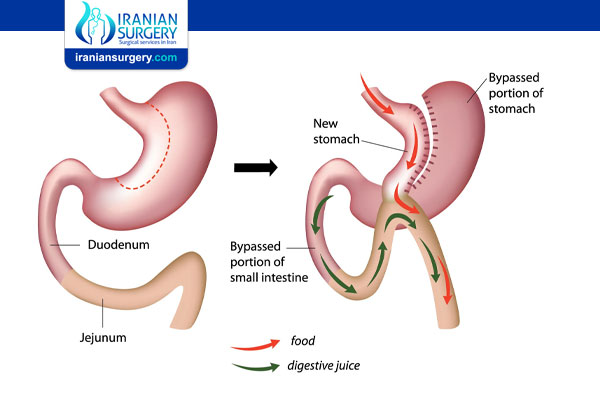Gastric Sleeve Revision
Gastric Sleeve Revision
As with all weight loss procedures, including sleeve, a period of rapid weight loss is expected over the first few years after surgery to be followed by a long period during which some weight will be regained. Most studies show this pattern for all procedures. Of course, there are exceptions, but this would be the norm.
In the case of the sleeve there can be various reasons why weight is regained. In cases of slow regain, this might be due to the body adjusting to the smaller stomach, but in cases where weight regain is faster it will usually be due to the sleeved stomach dilating (stretching), and the benefit of the tight sleeve being lost. The stomach is an amazing organ. Over time it will stretch and this is more likely when patients are unable to follow the post-operative diet regime, and eat portions that are too big.
In extreme cases the stomach can get back to a size similar to what it was originally. Of course, it may also be the case that the sleeve was large in the first place. When surgeons do a sleeve procedure, they will measure the size of the new stomach using a device called a bougie. This is placed into the stomach through the mouth and they use it as a guide when sizing the smaller ‘sleeve’ stomach. There are different sizes of bougie and the size used is down to surgeon preference. It means some people will have had a bigger sleeve from day one.
Revision surgery patients must accept that the risk of experiencing a complication is higher than for primary surgery. This is because the stomach would have been disturbed with the primary procedure and adhesions (scar tissue) would have been left. This is normal but it does mean revisional surgery is a little less predictable. In experienced hands these increased risks are minimized.
Diagnosing The Problem
If you are regaining weight following sleeve surgery and would like a revision, the first step is to undertake a barium x ray to see how food and liquid passes through the stomach. This will enable your surgeon to diagnose the precise problem with your sleeve. It is also possible to take some measurements of the stomach to see if it has stretched. This will also help to inform which revisional procedure might be best.
Revision To Gastric Bypass
This is the first-choice procedure for failing sleeve patients. It involves doing a conventional bypass procedure in the same way as it would be done for a patient who had not had a sleeve. The procedure is safe and effective with patients expecting to lose in the region of 60% of their excess weight.
As with all revision surgery the incidence rates for complications are a little higher than for primary surgery. Your surgeon will explain the risks, incidence rates and implications of risks at your face-to-face consultation.
Re-sleeve
It’s unlikely to be recommended a re-sleeve. If you have regained weight following primary sleeve surgery there would be a high risk of repeat the experience. Generally speaking, your surgeon would only consider re-sleeve in preference to bypass where you are a young patient (under 40), and he/she wants to avoid the longer-term nutritional risks of bypass, or where it is your strong preference. For these reasons ‘re-sleeves’ are rare.
Gastric Banded Sleeve
There is the option to place a gastric band around the sleeved stomach. This is a safe procedure, in fact the safest of the sleeve revision options, but the question remains whether you will be successful with a band. The band requires patients to make changes to the types of food they eat and they need to change their eating habits. The band will make you feel full on a smaller portion when you do these things but it won’t reduce your appetite in the way the sleeve (and bypass for that matter) does. Although a safe procedure, banding the sleeve is less effective and not an option that’s usually recommended. Exceptions would be cases where revision to bypass is not possible, where you express a strong personal preference not to have bypass or you are young and want to avoid the long-term risk of micronutrient malabsorption.
Revision to BPD/DS
The revision to BPD/Switch is the most effective revision in terms of weight loss but it is not a popular option. The reason is that a very large part of the bowel, all but about 1.5 meter of it, is bypassed. This means that patients need very close nutritional management for the long term and there is a high risk of micronutrient malabsorption.
In recent years the revision from sleeve to gastric bypass has become the preferred approach. Although the bypass still needs careful nutritional management, the risks of malnutrition are not as high as with BPD/Switch.
About Iranian Surgery
Iranian surgery is an online medical tourism platform where you can find the best weight loss specialists and surgeons in Iran. The price of Gastric Sleeve Revision Surgery in Iran can vary according to each individual’s case and will be determined by an in-person assessment with the doctor.
For more information about the cost of Gastric Sleeve Revision Surgery in Iran and to schedule an appointment in advance, you can contact Iranian Surgery consultants via WhatsApp number 0098 901 929 0946. This service is completely free.
Source:
https://www.healthierweight.co.uk/revision-surgery/sleeve-revision/


